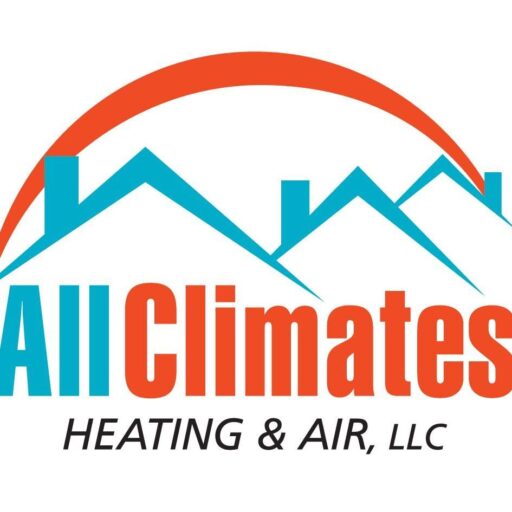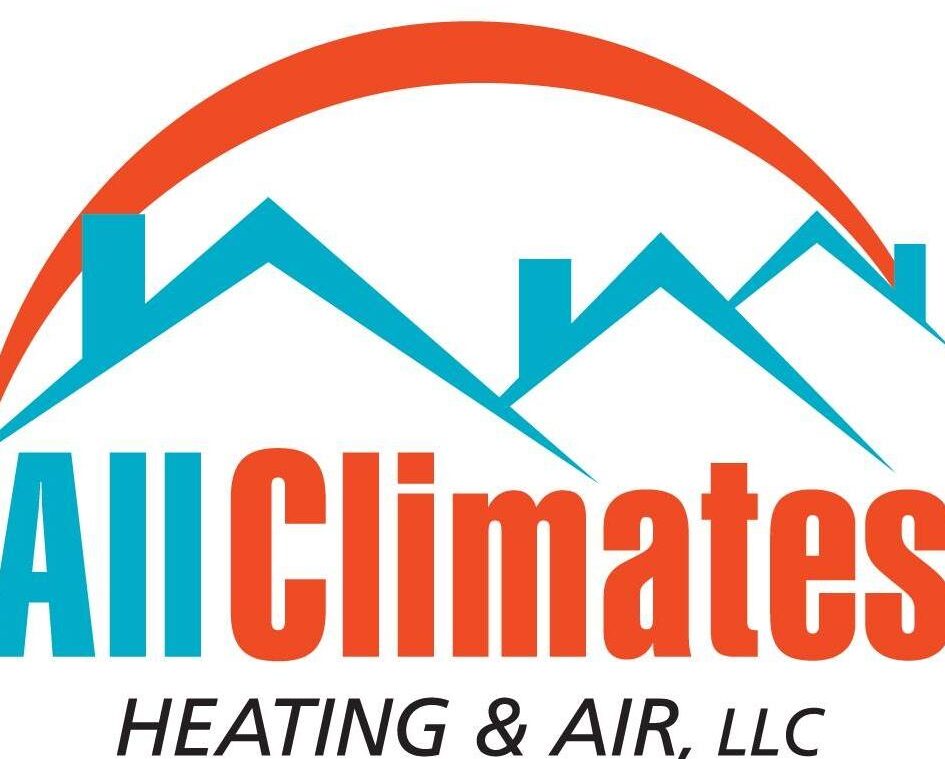As a homeowner, understanding the basics of HVAC (Heating, Ventilation, and Air Conditioning) is crucial to maintaining a comfortable and efficient living environment. HVAC systems play a vital role in regulating indoor temperature, humidity, and air quality, making them essential components of any modern home. In this blog post, we will delve into the fundamental aspects of HVAC that every homeowner should know.
1. Types of HVAC Systems:
There are several types of HVAC systems commonly found in residential properties, including:
– Split Systems: Consist of an outdoor unit (containing the compressor and condenser) and an indoor unit (containing the evaporator coil). They are the most common type of HVAC system.
– Packaged Systems: House all components in a single unit, typically installed on the roof or outside the home.
– Ductless Mini-Split Systems: Ideal for homes without ductwork, these systems are composed of an outdoor unit connected to one or more indoor units.
2. HVAC Components:
Understanding the key components of an HVAC system is essential for troubleshooting issues and performing basic maintenance. These components include:
– Thermostat: Controls the temperature settings and operation of the HVAC system.
– Furnace: Generates heat for the home during the colder months.
– Air Conditioner: Cools and dehumidifies the indoor air during the warmer months.
– Heat Pump: Provides both heating and cooling functions by transferring heat between the indoor and outdoor units.
– Ductwork: Distributes conditioned air throughout the home.
3. HVAC Maintenance:
Regular maintenance is crucial for ensuring the longevity and efficiency of your HVAC system. Homeowners should:
– Change air filters regularly to maintain optimal indoor air quality and system performance.
– Schedule annual HVAC inspections and tune-ups by a professional technician.
– Keep outdoor units free of debris and vegetation to ensure proper airflow.
– Seal ductwork to prevent air leaks and improve energy efficiency.
4. Signs of HVAC Problems:
Being able to identify common signs of HVAC issues can help homeowners address problems promptly and prevent costly repairs. Look out for:
– Uneven heating or cooling throughout the home.
– Strange noises coming from the HVAC system.
– Increased energy bills without a corresponding change in usage.
– Frequent cycling on and off of the system.
5. Energy Efficiency:
Optimizing the energy efficiency of your HVAC system can lead to significant cost savings and reduce your carbon footprint. Consider:
– Upgrading to a high-efficiency HVAC system with a good SEER (Seasonal Energy Efficiency Ratio) rating.
– Installing a programmable thermostat to adjust temperature settings based on your schedule.
– Improving insulation and sealing air leaks in your home to reduce energy waste.
In conclusion, having a basic understanding of HVAC systems is essential for every homeowner. By familiarizing yourself with the types of systems, key components, maintenance tasks, common problems, and energy-saving tips, you can better care for your HVAC system and ensure the comfort and well-being of your household. If you encounter complex issues or require professional assistance, don’t hesitate to contact a licensed HVAC technician for expert advice and service.

